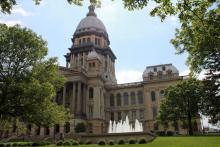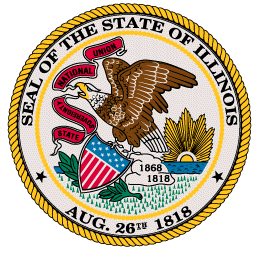Holiday Bonus Rebroadcast - Eric Lampland on Indirect Cost Savings

It was about five years ago that we brought consultant Eric Lampland from Lookout Point Communications into the office for episode 80 of the Community Broadband Bits Podcast. We've completed more than 300 other episodes since then, but his insight still rings true on the many indirect cost savings of community broadband networks. As activity in our office slows down a little for the holiday season, we thought this would be a great time to revisit the conversation with Eric to remind listeners of some of the reasons why so many communities are interested in taking control of their connectivity options with public investment. Enjoy!
Today, Lisa and I are joined by Eric Lampland for a discussion of how a community could justify building a community owned network from the indirect benefits that it would create, including the savings that each household realizes from competition driving down prices. Eric Lampland is the CEO and principal consultant of Lookout Point Communications, which helps local governments that are building a network or considering an investment.
Eric and I start by discussing how quickly the cost savings per household add up to equal more than the cost of building a network and we digress from there, covering other topics related to community owned networks. This includes how big cable companies would respond to this approach.
I have to note that most community networks have not been justified on this basis - the vast majority of community networks were designed to pay their full costs and they are doing so. Here, we discuss the general benefits of these networks that are often sidelined in the policy discussion and how they alone may justify a fiber network.
Toward the end, we begin discussing open access, something we will likely return to in the future as Eric has long both advocated for open access and has some insights into the technical challenges of building such a network.
This show is 25 minutes long and can be played on this page or via Apple Podcasts or the tool of your choice using this feed.
Transcript below.
We want your feedback and suggestions for the show-please e-mail us or leave a comment below.
Listen to other episodes here or view all episodes in our index. See other podcasts from the Institute for Local Self-Reliance here.
Thanks to Haggard Beat for the music, licensed using Creative Commons.



